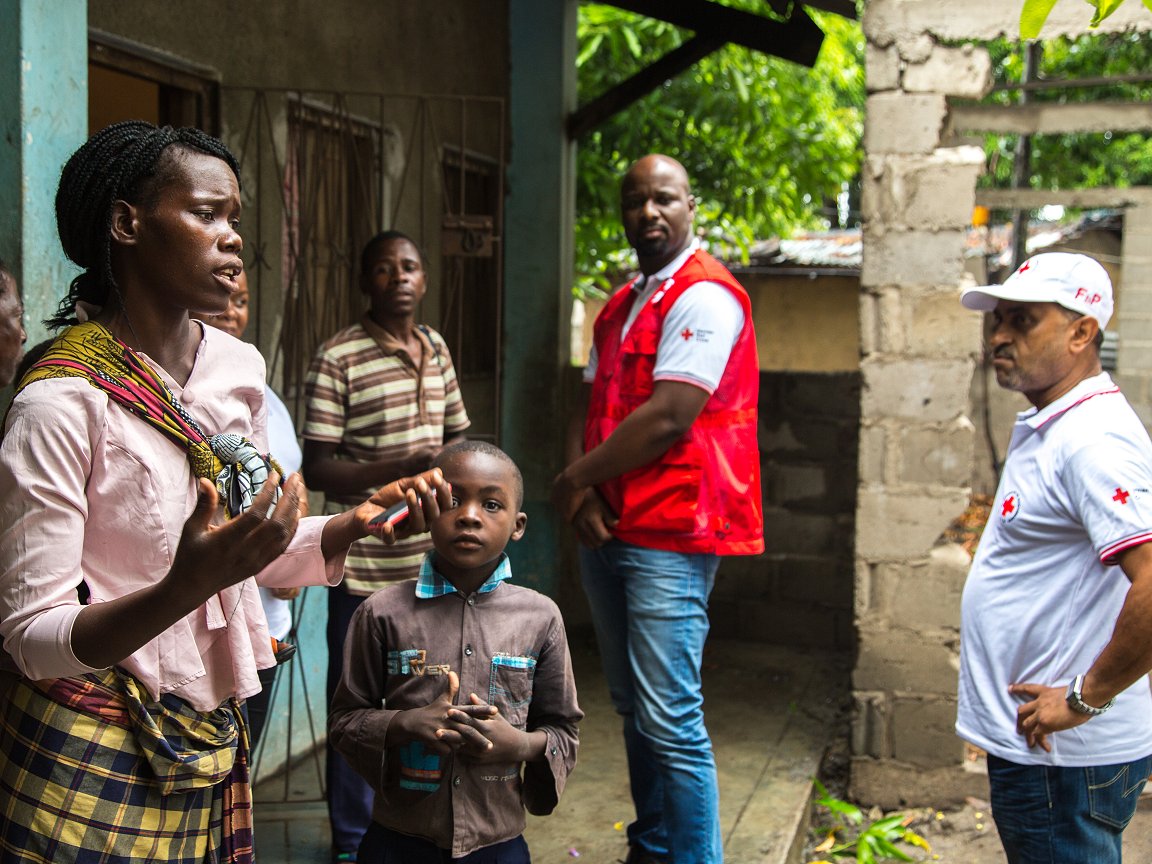
Mozambique charts course toward early warning for all

By the Climate Centre
The Mozambique government Wednesday rolled out its road map for achieving the UN-inspired Early Warnings for All (EW4All) target by the end of 2027.
It was detailed by President Filipe Nyusi at a ministerial event in Maputo that was intended “to raise awareness about the need to use early warning measures to reduce human suffering at moments of natural disasters,” the official Mozambique news agency AIM said.
“Much can be done to reduce the loss of human life and greater harm. Advance notice helps us to do this to protect ourselves,” the WMO quotes him saying at the event.
The floods, cyclones and droughts to which Mozambique is highly susceptible “leave a trail of destruction characterized by human loss and material and environmental damage or serious implications for society and our economy,” said Mr Nyusi, who is an African Union champion on disaster risk management.
Weather balloon
However, the government “needs 65 million [US] dollars to improve the country’s early warning system against extreme climate events” under EW4All, AIM adds.
The director of the National Institute of Meterology (INAM), Aderito Aramuge, said the funds were needed to strengthen “various multi-sector pillars, with emphasis on early warning systems and risk knowledge,” AIM also reports.
Speaking yesterday at a separate event to launch Mozambique’s first weather balloon, he continued: “With the money, the Mozambican government intends, among various projects, to build four [upper-atmosphere] stations for atmospheric observation, with the aim of collecting the information needed to prepare weather forecasts and build the resilience of communities that have been vulnerable to the effects of climatic events.”
Nearly 8 million US dollars in recent international SOFF funding will be used to build upper-atmosphere stations in Maputo, Beira, Tete and Nampula, among other facilities.
This would make Mozambique one of the first countries to move into the SOFF investment phase, but as well as balloons it currently lacks surface weather-stations that are compliant with the international WMO standard known as the Global Basic Observing Network, WMO says.
“As weather balloons rise up they capture critical measurements on temperature, wind, pressure and humidity at different heights,” Climate Centre science lead Liz Stephens explains. “The data collected is fed into forecast models and has a critical role in their accuracy.”
‘One goal’
EW4All was officially launched in Mozambique at a national workshop last November and is now being rolled out with the support of INAM and the National Institute for Disaster Management, in collaboration with the National Communication Institute, the Mozambican Red Cross, and the UN Resident Coordinator.
WMO Secretary-General Celeste Saulo said in a video statement to the ministerial event: “Together we can build a future where Mozambique is not only prepared for hazardous events but resilient against them.
“Let us come together with one vision and one goal: to protect people, livelihoods and the future. Early warnings work. They must work for everyone.”
There are currently two IFRC early action protocols agreed for Mozambique: one each for floods and cyclones, both worth 550,000 Swiss francs and designed to enable the Red Cross to assist 20,000 people between them.
Stephens adds: “TV news footage around the world of the devastating impacts of Cyclone Idai in 2019 and Freddy last year have highlighted the need for preparedness before such disasters, and improving early warning systems is a key part of that.
“With climate change threatening more intense storms with even heavier rainfall this need is becoming even more pronounced.”
Cyclone Idai, Mozambique Red Cross preparedness, 14 March 2019. Evacuated Maputo residents sheltering in a school brace for the storm’s expected arrival the next day. (Photo: Denis Onyodi/CVM-Climate Centre)